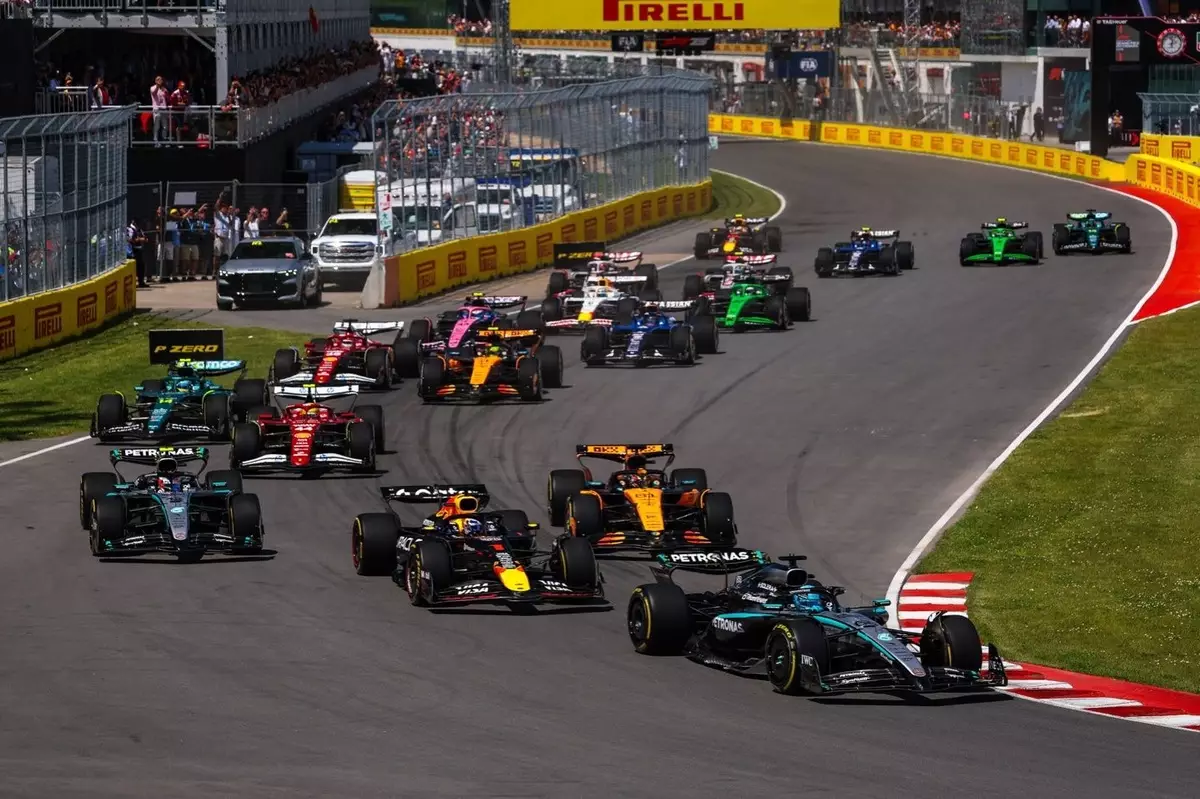In the fast-paced world of Formula 1, where every second can mean the difference between victory and defeat, the integrity of race regulations is paramount. Recently, the Fédération Internationale de l’Automobile (FIA) took a significant step by releasing updated guidelines regarding racing conduct and penalties. The decision to make these guidelines public arises from ongoing frustrations over the perceived opacity in how racing decisions are made, especially following a season rife with controversial events. This publication aims to enhance transparency, a necessity that F1 drivers like George Russell have articulated in their calls for clearer governance within the sport.
With the 2025 Formula 1 season on the horizon, the updated guidelines are designed to address past incidents and create a framework that encourages fair play and mutual respect among drivers. This initiative attempts to balance the competitiveness of the sport with the need for accountability, fostering an environment where racers can navigate on-track confrontations with an understanding of the governing body’s expectations.
Understanding Overtaking Dynamics
One of the most contentious topics within the new guidelines revolves around wheel-to-wheel racing, particularly the overtaking rules that dictate which driver has the right to track space during maneuvers. The complexity of these situations cannot be overstated, especially as the dynamics of racing evolve with advancements in technology and car performance.
The guidelines clarify that, during an overtaking maneuver on the inside of a corner, the overtaking driver is entitled to space provided they meet specific criteria. The stipulation that the car must be at least alongside the other vehicle’s mirror at the apex reinforces the necessity for precise performance and control. However, this suggests a foundational bias towards the driver on the inside, an aspect that may provoke further debates about fairness in overtaking dynamics.
Conversely, overtaking on the outside is categorized as more challenging, thus requiring the overtaking car to have its front axle ahead at the apex to claim the right to space. While this distinction may enhance safety and promote skill, one has to question whether it unduly favors certain driving tactics over others and if it creates an expectation that may not always match the realities of racing.
The Role of Steward Judgement
While the guidelines are intended to guide stewards’ decisions, they remain flexible, allowing stewards to exercise their discretion based on the nuances of each situation. This blend of scripted guidelines and subjective interpretation raises a pivotal question: how can fairness be truly achieved in such a dynamic environment? Factors such as late braking, the anticipation by drivers, and the inherent complexities of various corner types can significantly shape the outcome of incidents.
This dual-system approach may generate a lack of consistency in stewarding decisions. While the FIA has outlined several elements for stewards to consider, there remains the risk that personal biases or differing interpretations of rules could lead to disparate outcomes for similar incidents. This calls for a continuous dialogue between drivers, teams, and the FIA to refine the understanding of how these guidelines will be uniformly applied across all races.
Implications for Future Races
As the FIA takes strides towards transparency, the implications for drivers and teams are profound. More informed drivers can lead to more competitive, strategic racing with an understanding of boundaries and responsibilities in overtaking scenarios. However, the potential for confusion among fans remains. The complexity of race strategies and the regulations governing them may make it increasingly difficult to explain decisions to a broader audience.
In a sport steeped in tradition and passionate following, clarity is paramount not just for the racers but for spectators and media alike. F1 thrives on its fan engagement and an understanding of how events unfold. Transparency in race governance is not merely administrative; it is about creating a shared understanding and enjoyment of the sport among all stakeholders involved.
The FIA’s proactive approach to update and publish the racing guidelines forms a cornerstone for future developments in Formula 1. The Premier League of motorsport must adapt, ensuring that the rules are not only seen as a regulatory measure but as a belief system that nurtures the spirit of competition and the thrill of racing. The ultimate goal should always be to enrich the experience for everyone — from the pit lane to the grandstands.

